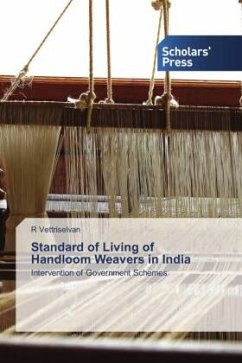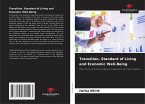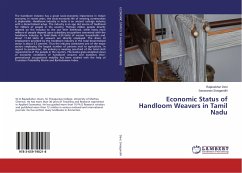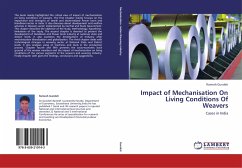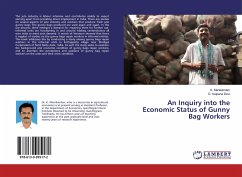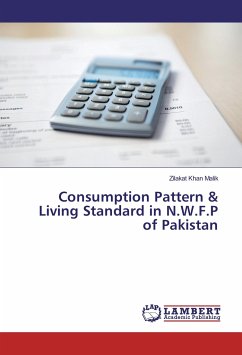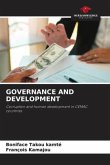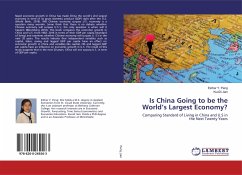The productivity and earnings of the handloom weavers have increased after the intervention of government schemes. Handloom weavers are now aware of the importance of education, available intervention schemes, and savings. After the implementation of the schemes, the handloom weavers' expenditure pattern underwent a change and the majority pay attention and spend a lot of their earnings on the standard of living factors, namely savings, children's education, family protection, food, and shelter. All the problems related to the handloom weavers are due to poor education qualifications, lack of awareness, low skills, and poor earnings. This calls the researchers and policymakers to analyze the real-life situation to frame and suggest the government for evolving suitable measures and strategies for such intervention schemes is yet another area for further research. However, changes are required to revise the existing policies and programs according to the current density of the handloom weavers and to frame appropriate policies that were stated in the suggestions.
Bitte wählen Sie Ihr Anliegen aus.
Rechnungen
Retourenschein anfordern
Bestellstatus
Storno

